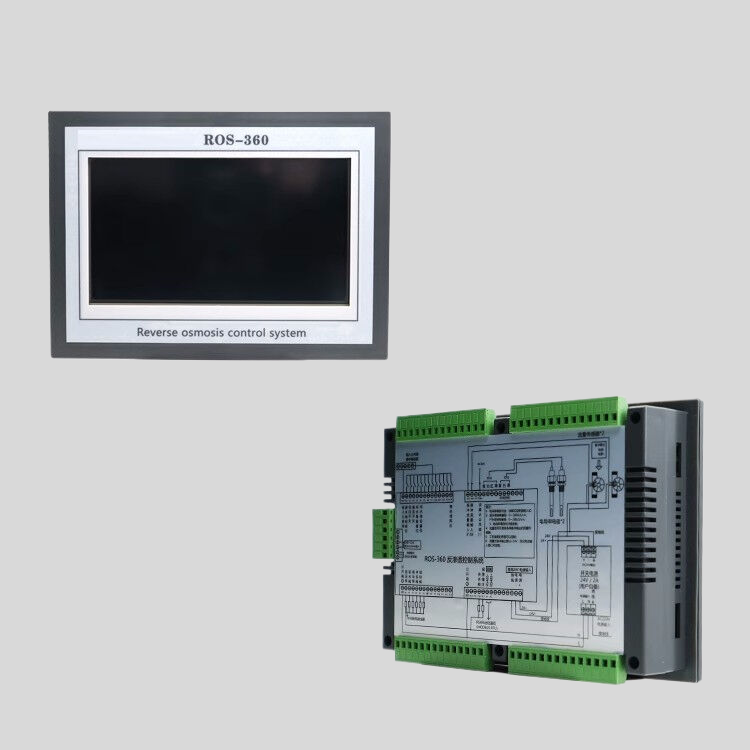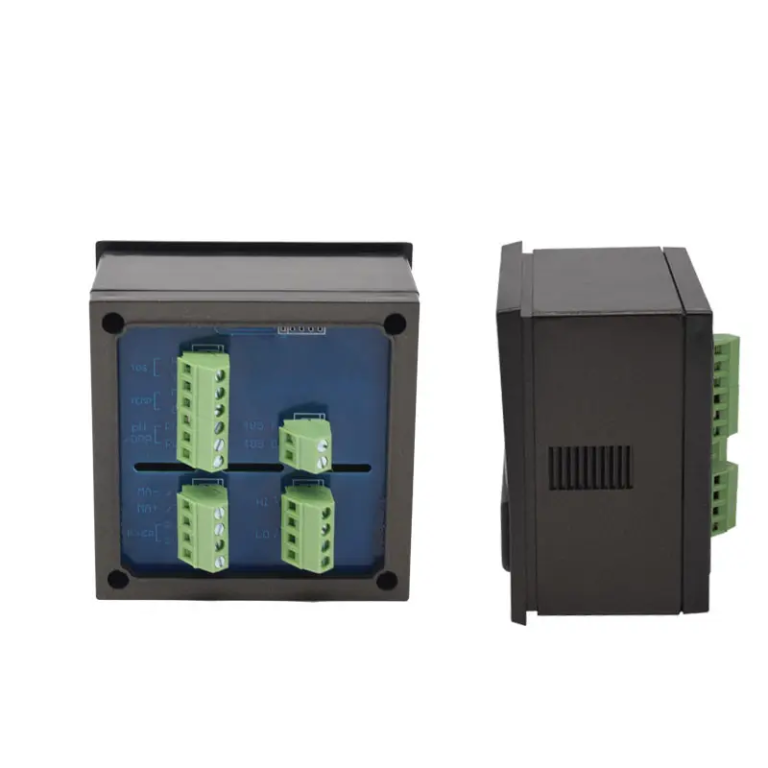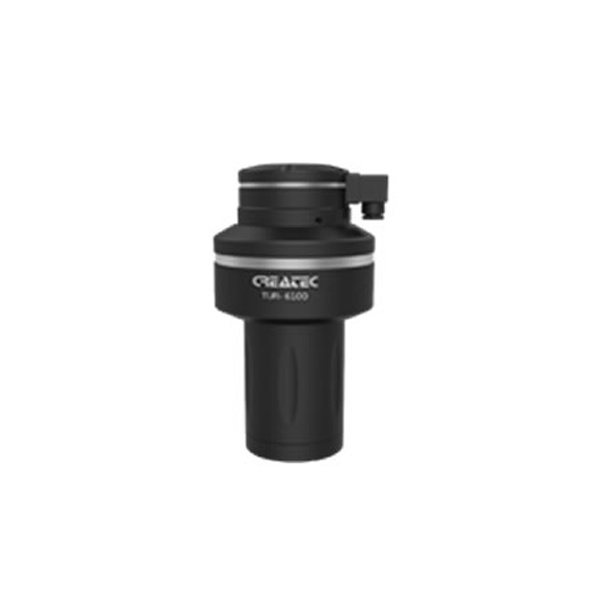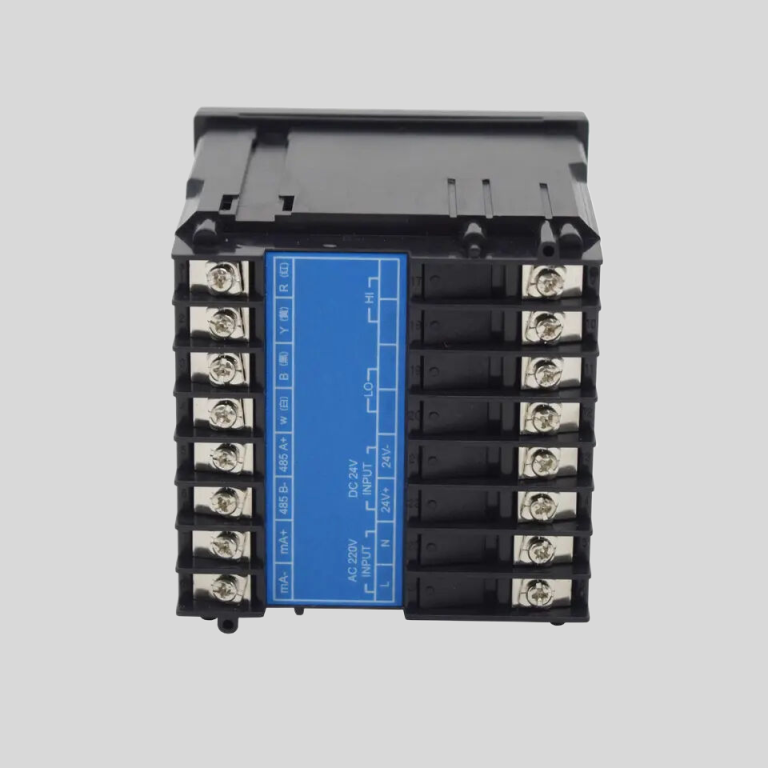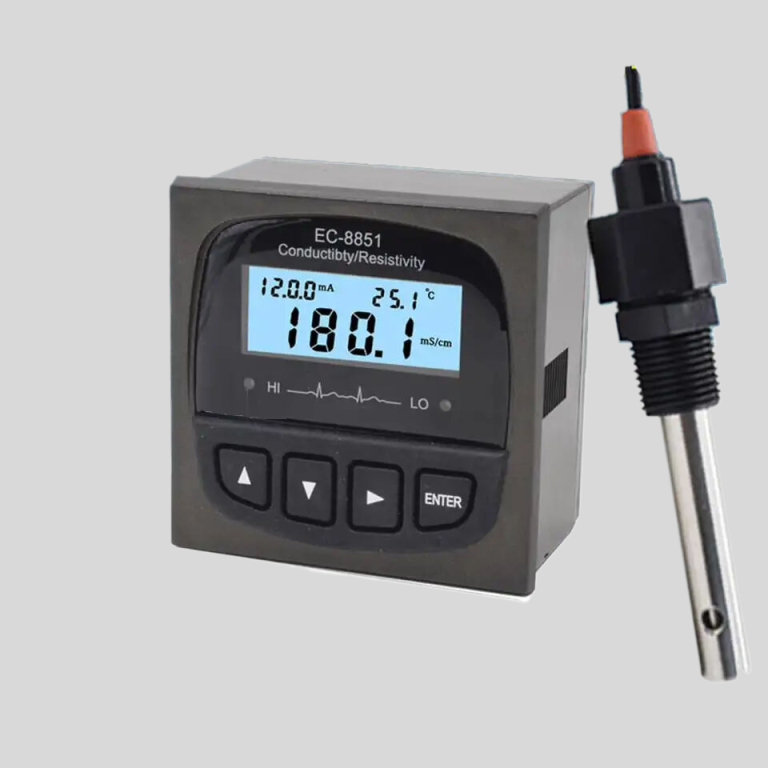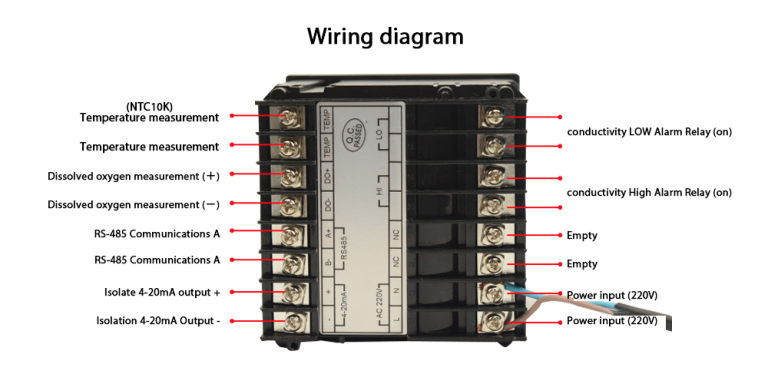“Accurate pH readings made simple with our easy-to-use ph meter.”
Table of Contents
Proper Calibration Techniques for pH Meters
A ph meter is a crucial tool for measuring the acidity or alkalinity of a solution. However, in order to ensure accurate readings, it is essential to properly calibrate the ph meter before each use. Calibration is the process of adjusting the ph meter to accurately measure the pH of a solution. In this article, we will discuss the importance of calibration and provide step-by-step instructions on how to calibrate a ph meter.


Calibration is important because pH meters can drift over time, leading to inaccurate readings. By calibrating the ph meter before each use, you can ensure that your measurements are precise and reliable. Additionally, calibration allows you to account for any changes in the ph meter‘s sensitivity or accuracy.
| Model | pH/ORP-8851/9900 pH/orp meter |
| Range | 0-14 pH; -2000 – +2000mV |
| Accuracy | ±0.1pH; ±2mV |
| Temp. Comp. | Automatic temperature compensation |
| Oper. Temp. | Normal 0~60℃; High temp 0~100℃ |
| Sensor | pH double/triple sensor; ORP sensor |
| Display | Big Screen LCD Screen |
| Communication | 4-20mA output/RS485 |
| Output | High/Low limit dual relay control |
| Power | DC24V/0.5A or AC85-265V±10% 50/60Hz |
| Working Environment | Ambient temperature:0~50℃ |
| Relative humidity≤85% | |
| Dimensions | 96×96×72mm(H×W×L) |
| Hole Size | 92×92mm(H×W) |
| Installation Mode | Embedded |
To calibrate a ph meter, you will need calibration solutions with known pH values. These solutions are typically available in pH 4, pH 7, and pH 10. It is important to use fresh calibration solutions and to store them properly to prevent contamination.
To begin the calibration process, first rinse the electrode of the ph meter with distilled water to remove any residue. Then, immerse the electrode in the pH 7 calibration solution and allow it to stabilize. Once the reading stabilizes, adjust the ph meter to match the pH 7 value of the calibration solution. This can usually be done by turning a dial or pressing a button on the ph meter.
Next, rinse the electrode with distilled water and repeat the process with the pH 4 and pH 10 calibration solutions. It is important to calibrate the ph meter at multiple points to ensure accuracy across the entire pH range.
After calibrating the ph meter, it is important to rinse the electrode with distilled water again to remove any traces of the calibration solutions. You can then proceed to measure the pH of your sample with confidence, knowing that your ph meter is properly calibrated.
In addition to calibrating the ph meter before each use, it is also important to regularly maintain and clean the electrode to ensure accurate readings. This can be done by soaking the electrode in a cleaning solution or gently wiping it with a soft cloth.
In conclusion, proper calibration is essential for accurate pH measurements. By following the steps outlined in this article, you can ensure that your ph meter is calibrated correctly and that your measurements are reliable. Remember to calibrate the ph meter before each use and to regularly maintain the electrode for optimal performance. With proper calibration techniques, you can confidently measure the pH of your solutions with precision and accuracy.
Understanding ph meter Readings and Interpretation
A ph meter is a valuable tool used to measure the acidity or alkalinity of a solution. Understanding how to use a ph meter properly is essential for obtaining accurate readings and interpreting the results correctly. In this article, we will discuss the basics of using a ph meter, including calibration, measurement, and interpretation.
| Model | RM-220s/ER-510 resistivity controller |
| Range | 0-20uS/cm; 0-18.25MΩ |
| Accuracy | 2.0%(FS) |
| Temp. Comp. | Automatic temperature compensation based on 25℃ |
| Oper. Temp. | Normal 0~50℃; High temp 0~120℃ |
| Sensor | 0.01/0.02 cm-1 |
| Display | LCD Screen |
| Communication | ER-510:4-20mA output/RS485 |
| Output | ER-510:High/Low limit dual relay control |
| Power | AC 220V±10% 50/60Hz or AC 110V±10% 50/60Hz or DC24V/0.5A |
| Working Environment | Ambient temperature:0~50℃ |
| Relative humidity≤85% | |
| Dimensions | 48×96×100mm(H×W×L) |
| Hole Size | 45×92mm(H×W) |
| Installation Mode | Embedded |
Before using a ph meter, it is important to calibrate the device to ensure accurate readings. Calibration involves adjusting the ph meter to match the pH of standard solutions with known pH values. Most pH meters come with calibration solutions that are used for this purpose. To calibrate the ph meter, simply immerse the electrode in the calibration solution and adjust the meter according to the instructions provided by the manufacturer.
Once the ph meter is calibrated, it is ready to be used for measuring the pH of a solution. To do this, first, rinse the electrode with distilled water to remove any residue from the previous measurement. Then, immerse the electrode in the solution to be tested and wait for the reading to stabilize. The ph meter will display the pH value of the solution on its screen.
When interpreting ph meter readings, it is important to keep in mind that pH is measured on a scale from 0 to 14, with 7 being neutral, values below 7 indicating acidity, and values above 7 indicating alkalinity. A pH of 7 is considered neutral, while a pH below 7 is acidic and a pH above 7 is alkaline. It is important to note that the pH scale is logarithmic, meaning that each whole number change represents a tenfold change in acidity or alkalinity.
In addition to understanding the basic pH scale, it is also important to consider the temperature of the solution being measured. pH meters are typically calibrated at a specific temperature, usually 25 degrees Celsius. If the temperature of the solution deviates significantly from the calibration temperature, it can affect the accuracy of the pH reading. Some pH meters have built-in temperature compensation features to account for temperature variations, while others may require manual adjustments.
When interpreting ph meter readings, it is also important to consider the accuracy and precision of the device. The accuracy of a ph meter refers to how close the measured value is to the true value, while precision refers to the consistency of repeated measurements. It is important to calibrate the ph meter regularly and follow the manufacturer’s instructions for maintenance to ensure accurate and precise readings.
In conclusion, using a ph meter involves calibration, measurement, and interpretation of the results. By following the proper procedures for calibration and measurement, as well as considering factors such as temperature and accuracy, you can obtain accurate pH readings and interpret them correctly. pH meters are valuable tools for a wide range of applications, from water quality testing to scientific research. Understanding how to use a ph meter properly is essential for obtaining reliable results and making informed decisions based on pH measurements.

